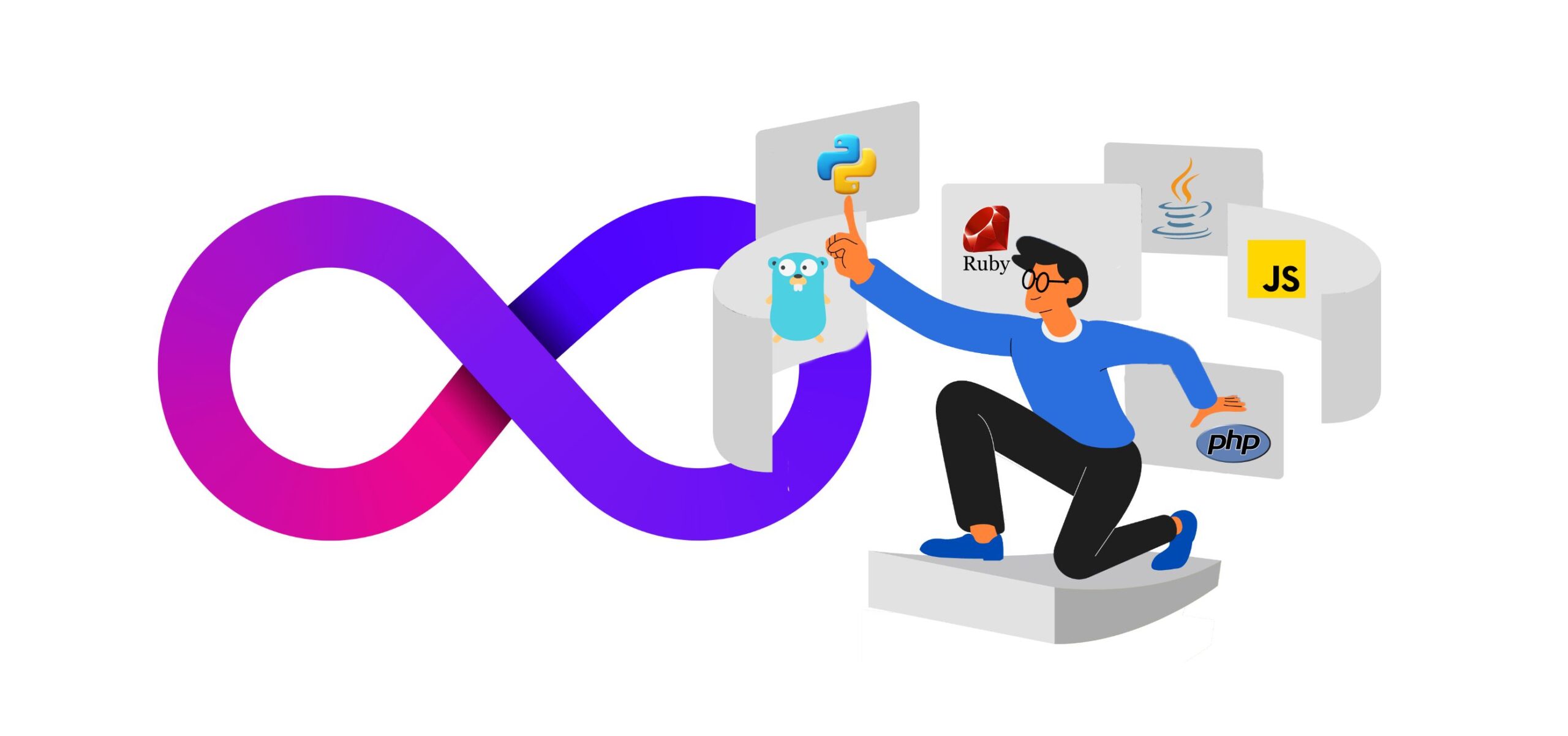Event-driven programming has long been a fundamental aspect of app development, enabling apps to respond to user interactions and external stimuli efficiently. However, a pertinent question arises: Is it possible to create an app without event-driven programming? In this blog, we delve into this query, dissecting the role of event-driven programming in app development and exploring alternative approaches that developers can consider. By understanding the limitations and advantages of event-driven programming, we aim to provide insights into whether creating an app without it is viable and what considerations developers need to bear in mind. Let’s embark on this insightful journey into the realm of app development!
Understanding Event-Driven Programming
Event-driven programming is a crucial concept in application development, enabling developers to create dynamic and interactive apps. In today’s digital landscape, where user experience plays a pivotal role, event-driven programming allows apps to respond to various inputs and events in real-time, providing a seamless and engaging user interface.
The Basics of Event-Driven Programming
At the core of event-driven programming are events, which can be user actions like clicks or system-generated occurrences. These events trigger specific responses in the application, allowing for a more interactive user experience. With event-driven programming, developers can structure their code around these events, making the application more responsive and flexible.
The Role of Event Loops
In event-driven programming, an event loop constantly listens for events and dispatches them to event handlers. Event handlers are functions that execute specific actions in response to events. This asynchronous nature of event loops enables apps to handle multiple events concurrently, enhancing performance and user interaction.

Challenges of Developing Apps Without Event-Driven Programming
Developing apps without event-driven programming poses significant challenges in today’s tech landscape. Is it possible to create an app without event-driven programming? This question has become increasingly relevant as the demand for interactive and dynamic applications continues to grow.
Limited Interactivity and Responsiveness
One of the main drawbacks of not using event-driven programming is the limited interactivity and responsiveness of the application. Without event handling, user interactions like button clicks or form submissions may not trigger immediate responses, leading to a less intuitive user experience.
Lack of Scalability and Flexibility
Event-driven architecture allows for better scalability and flexibility in app development. Without it, scaling the application to handle a growing user base or integrating new features can become cumbersome and inefficient. This can hinder the app’s ability to adapt to changing requirements.

Alternative Approaches to Event-Driven Programming
While traditional app development heavily relies on event-driven programming, there are emerging alternative approaches that offer unique solutions to developers. One such approach is Reactive Programming, which focuses on building responsive and resilient apps through asynchronous data streams. In this paradigm, changes are propagated automatically, reducing the need for explicit event handling.
Functional Reactive Programming (FRP)
In FRP, developers describe the dynamic behavior of systems in terms of functions that respond to changes in input values. This declarative style simplifies complex event handling by emphasizing the reactive nature of the application.
Actor Model
The Actor Model is another alternative to event-driven programming that treats actors as the primary building blocks of an application. Each actor processes messages independently, allowing for concurrent and distributed execution without the need for shared state.
Case Studies of Apps Developed Without Event-Driven Programming
When considering is it possible to create an app without event-driven programming, it’s crucial to examine real-world examples. One such case study is the development of a simple note-taking app. In this scenario, the app functions based on user input rather than responding to specific events.
Challenges Faced
Despite its simplicity, the absence of event-driven programming posed challenges in ensuring seamless user interaction. The lack of real-time updates and dynamic content refreshing made the app less interactive compared to event-driven counterparts.
- Limited interactivity
- Difficulty in managing complex user interactions
Impact on User Experience
Without event-driven architecture, the app lacked the responsiveness and fluidity expected in modern applications. Users experienced delays in data updates and struggled with processing real-time information effectively.
Pros and Cons of Avoiding Event-Driven Programming in App Development
Event-driven programming is a popular paradigm in app development, but is it possible to create an app without event-driven programming? Let’s explore the pros and cons of avoiding event-driven programming.
Advantages of Avoiding Event-Driven Programming
One advantage is simplicity in code structure and flow. Without event-driven architecture, developers can have a clearer understanding of the program’s logic.
Another benefit is ease of debugging. In event-driven programming, debugging can sometimes be complex due to the event interactions.
Disadvantages of Avoiding Event-Driven Programming
One major drawback is the potential loss of interactivity. Event-driven programming is excellent for handling user interactions in real-time applications.
Additionally, scalability may be an issue without event-driven architecture, especially when managing large-scale applications.
Best Practices for Developing Apps with or Without Event-Driven Programming
When it comes to app development, incorporating event-driven programming can enhance user experience and overall app functionality. However, if you are considering creating an app without event-driven programming, certain best practices can help you achieve your goal seamlessly.
Consider User Interaction Flow
Design your app with a clear focus on user interaction flow. Whether using event-driven programming or not, a logical and intuitive flow ensures users can navigate the app effortlessly and maximize engagement.
Include clear call-to-action buttons to guide users in their journey within the app.
Optimize App Performance
Regardless of the programming approach, prioritize optimizing app performance. Efficient coding techniques and regular testing are essential to ensure smooth operation and responsiveness.
- Implement caching mechanisms for quicker data retrieval.
- Utilize asynchronous tasks to prevent UI freezing.
Frequently Asked Questions
-
- What is event-driven programming?
- Event-driven programming is a programming paradigm in which the flow of the program is determined by events such as user actions (clicks, keypresses) or messages from other programs.
-
- Is event-driven programming necessary for app development?
- Event-driven programming is commonly used in app development to handle user interactions and system events efficiently, but it is not always mandatory.
-
- Can an app be created without event-driven programming?
- Yes, it is possible to create an app without relying heavily on event-driven programming by using other programming paradigms or approaches.
-
- What are the alternatives to event-driven programming for app development?
- Alternatives to event-driven programming include procedural programming, object-oriented programming, and functional programming, among others.
-
- What are the pros and cons of not using event-driven programming in app development?
- Not using event-driven programming can make the code easier to understand in some cases, but it may lead to less responsive or less interactive applications.
Final Thoughts: The Pros and Cons of Event-Driven Programming in App Development
After delving into the world of app development and the role of event-driven programming, one thing is clear – while event-driven programming offers numerous benefits such as enhanced interactivity and real-time responsiveness, it is not the only approach to creating successful apps. The possibility of creating an app without event-driven programming depends on the specific requirements of the project and the developer’s skill set.
By understanding the pros and cons of event-driven programming, app developers can make informed decisions on whether to adopt this approach or explore alternative methodologies. Ultimately, the key takeaway is that flexibility and adaptability are paramount in app development, allowing developers to tailor their approach based on the unique demands of each project.



